Introduction to Otomi Embroidery
Situated in the heart of Mexico, the Otomi people boast a rich and vibrant tradition of embroidery that has been the heart and soul of their culture. The powerful Otomi embroidery from Mexico, also known as Tenango embroidery, is a living proof of the power of craftsmanship and cultural heritage of this indigenous group. In this blog post, we will explore the fascinating world of Otomi embroidery and the stories it weaves through its colorful threads.
The Otomi People
The Otomi people, an indigenous group in Mexico, have a rich cultural heritage dating back centuries. Known for their vibrant traditional textiles, especially Otomi embroidery, they inhabit central Mexico and maintain a deep connection to their ancestral lands. The Otomi language, Otomí, reflects their unique identity. With a strong emphasis on communal values, the Otomi people preserve their customs through ceremonies, music, and art, contributing significantly to Mexico’s diverse cultural tapestry.
Colorful Creations
Otomi embroidery owes its distinction as a craft to its vibrant and eye-catching color palette. Artisans use a wide range of bright and bold colors to create patterns and designs that reflect the Otomi people’s connection to the natural world and the colorful flora and fauna that sustains them.
Storytelling Through Stitching
Every stitch that makes the Otomi embroidery is a story in itself, and these tales are passed down from one generation to another. These motifs depict elements from the Otomi lives and how they see the world, including animals, plants, and mythical creatures. Each motif carries symbolism and significance, serving as a visual representation of the Otomi people’s deep spiritual connection with their environment. For instance, the “Tenango” style often features animals like birds, symbolizing freedom and harmony with nature. Floral patterns represent growth and fertility. Otomi embroidery serves as a visual language, preserving ancient narratives and connecting generations through the vivid symbolism carefully woven into each stitch.
The Process
Otomi embroidery is a labor-intensive and meticulous craft. It typically begins with a piece of cotton or linen fabric, which is stretched on a wooden frame. The artisan then uses a fine needle and a variety of colorful threads, often made of silk or cotton, to create the intricate designs. The stitches used in Otomi embroidery are predominantly running stitches and backstitches, allowing for both precision and flexibility in creating the patterns.
Traditionally, Otomi embroidery was done entirely by hand, but today, some artisans also use sewing machines for larger-scale production while preserving the intricate detailing with hand embroidery.
Contemporary Significance
In recent years, Otomi embroidery has gained international recognition for its beauty and cultural significance. Many Otomi artisans have found success selling their creations globally, providing economic opportunities for their communities. This has helped sustain and promote their cultural heritage. Designers like Silvia Suarez infuse Otomi motifs into modern fashion, creating bold and colorful garments. Interior designers integrate Otomi textiles into home decor, offering a touch of cultural richness.
Renowned brands such as Anthropologie feature Otomi-inspired designs in their product lines, contributing to the global popularity of this intricate embroidery style. The enduring appeal of Otomi embroidery lies in its ability to seamlessly blend tradition with contemporary aesthetics.
Preserving Tradition
Despite the modernization and changing times, Otomi artisans are committed to preserving their traditional craft. They continue to pass down their knowledge and skills to younger generations, ensuring that this extraordinary art form endures for years to come. This dedication to tradition not only preserves the Otomi culture but also contributes to the rich tapestry of Mexican artistry.
Conclusion
Otomi embroidery is a visual symphony of colors and stories that captivates the hearts of those who encounter it. Through their craft, the Otomi people celebrate their connection to nature and their rich cultural heritage.


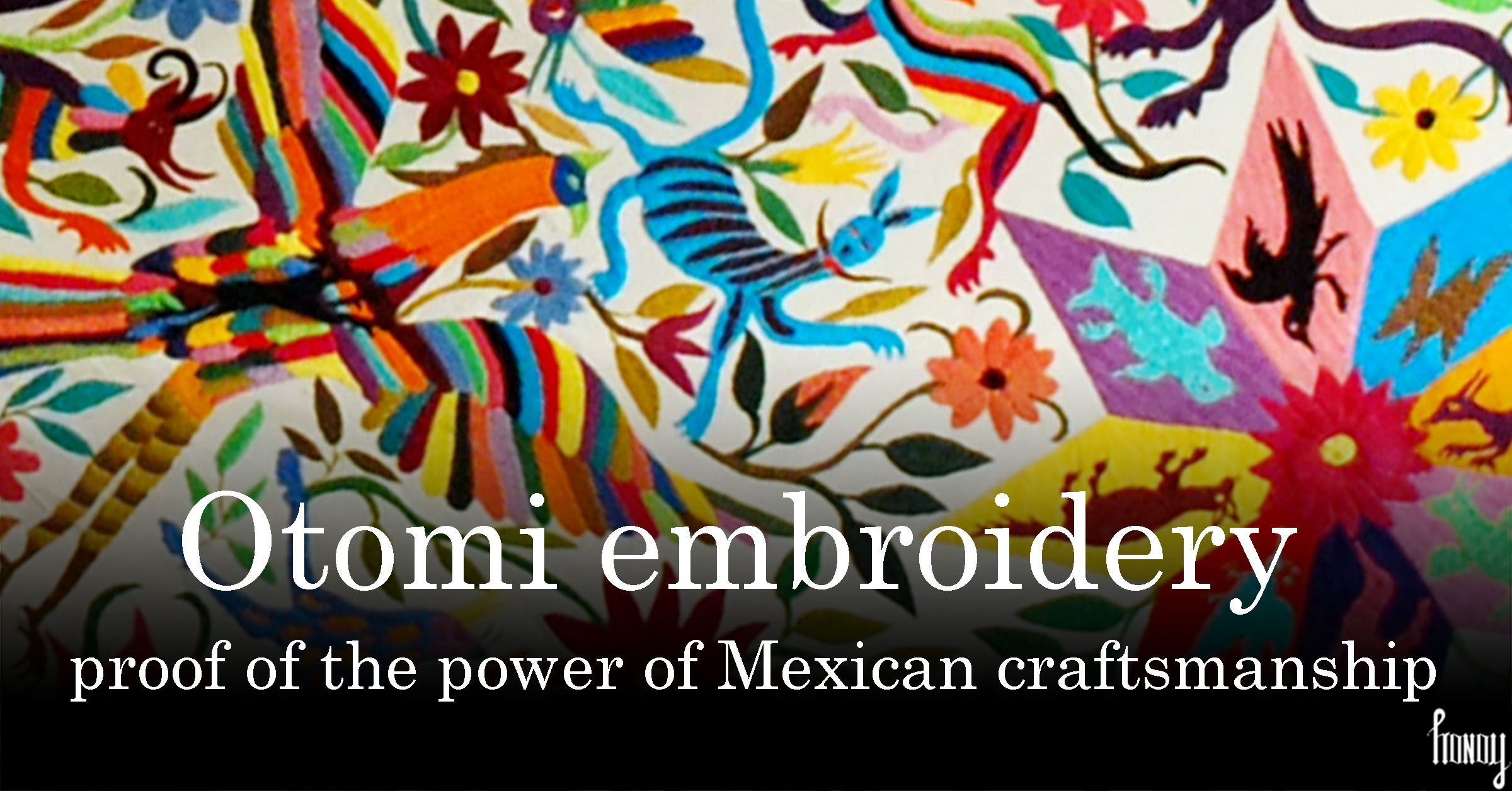
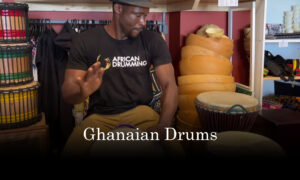

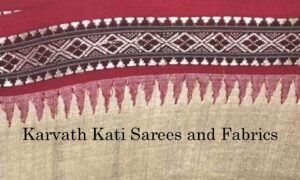

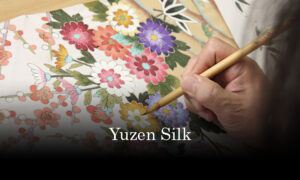



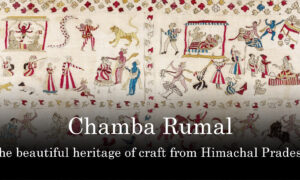







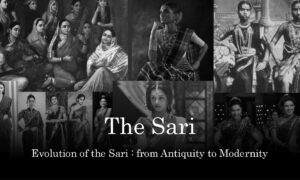









Pingback: Best Mexican beading Huichol in 5 min
Michaela
January 1, 2025 at 7:31 am
I like it when flks come together and share thoughts. Grest website,
keep it up!
Pronoy Kapoor
January 6, 2025 at 7:19 am
Thank you